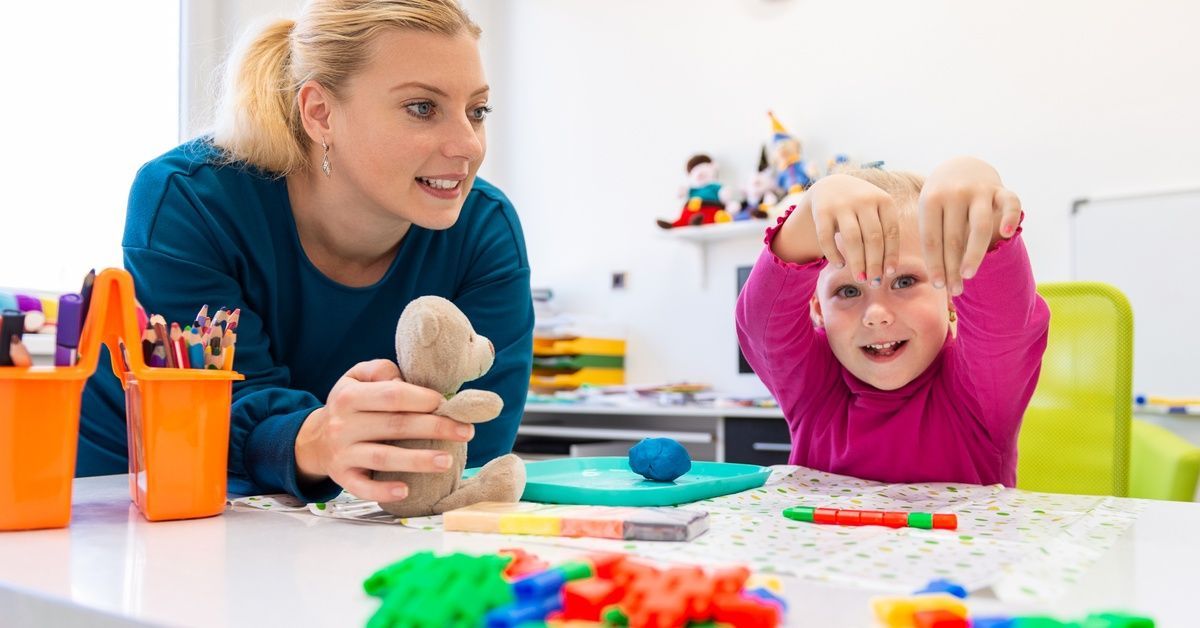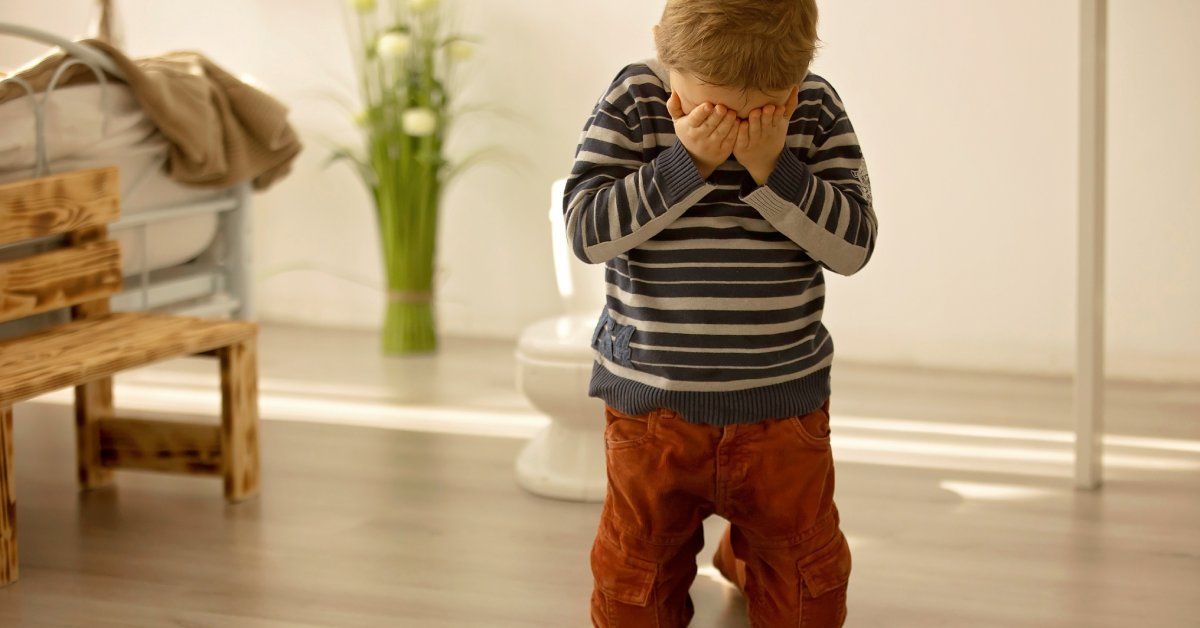The Role of Occupational Therapy in Autism Intervention
Early intervention lays the groundwork for lifelong growth in children with autism. Among the many therapies available, occupational therapy in autism intervention is often underestimated. While speech and behavioral therapies address communication and learning goals, occupational therapy focuses on building the daily skills that children need to thrive.
Occupational therapists help children strengthen motor coordination, sensory processing, and emotional regulation. Many families are surprised to learn how challenges like holding a toothbrush or managing loud environments can improve with the right support. With targeted therapy, everyday routines become chances for growth and confidence in children with autism.
Understanding Occupational Therapy in the Context of Autism
Occupational therapy helps children build the skills they need to participate in everyday activities, like playing, getting dressed, eating, and joining in at school. For young children, these routines form the core of daily life. Occupational therapists assess how physical coordination, sensory processing, and emotional regulation affect a child’s ability to engage in these tasks.
For children with autism, occupational therapy addresses common challenges, including sensory sensitivity, motor planning difficulties, and trouble with emotional regulation. Rather than focusing only on behaviors, therapists look at what’s driving the struggle. For example, if mealtime feels overwhelming, the therapist considers sensory triggers, posture, oral motor skills, and environmental factors. This whole-person approach helps build real, lasting progress.
By targeting foundational skills, occupational therapy empowers children with autism to become more independent and confident in many environments, including at home, in school, and in their community.
How Occupational Therapists Support Children With Autism

Occupational therapists target core areas that impact learning, behavior, social interaction, and independence. Here’s an overview of how they can assist children with autism.
Building Foundational Skills
Fine motor skills development receives major attention in occupational therapy sessions. Children practice grasping, manipulating objects, and coordinating bilateral hand movements through engaging activities. These skills directly impact writing, self-care tasks, and play activities.
Gross motor skills also impact the value of daily participation. Occupational therapists help children develop core strength, balance, coordination, and motor planning abilities. A child who struggles with playground equipment may receive support for climbing, swinging, and navigating uneven surfaces.
Sensory integration is perhaps the most distinctive aspect of occupational therapy for children with autism. Many children experience difficulties processing sensory information from their environment and their own bodies. Occupational therapists create structured sensory experiences that help children organize and respond appropriately to sensory input. This foundational skill impacts attention, behavior regulation, and overall participation in daily activities.
Enhancing Emotional and Social Development
Emotional regulation skills receive targeted attention through occupational therapy intervention. Therapists teach children to recognize their internal states and implement coping strategies when feeling overwhelmed or dysregulated. These skills transfer directly to home and school environments.
Social interaction and play skills develop naturally when children feel comfortable in their bodies and environments. Occupational therapists create opportunities for peer interaction while addressing underlying factors that may interfere with social participation. A child who avoids group activities due to noise sensitivity receives support for sensory processing alongside social skills development.
Encouraging Independence in Daily Activities
Self-care routines are often challenging for children with autism. Occupational therapists break down complex tasks like dressing, bathing, and eating into manageable components. Children learn each step systematically while developing the underlying skills necessary for independence.
Individualized strategies mean that each child receives support tailored to their specific strengths and challenges. One child may benefit from visual schedules, while another requires sensory modifications to their environment. Occupational therapists customize their approach based on comprehensive assessments and ongoing observation.
Working Together: OT as Part of a Collaborative Approach
Occupational therapy is more impactful when used as part of a team approach that includes other professionals and the child’s family. Coordinated care amplifies the benefits of each individual therapy service. Speech-language pathologists and occupational therapists frequently address overlapping goals related to oral motor skills, communication, and social interaction. When these professionals collaborate effectively, children receive consistent support across all areas of development.
The role of occupational therapy in autism intervention becomes most powerful when integrated with other evidence-based approaches. Families benefit from regular communication between all team members for consistency and to maximize progress toward shared goals.
The Role of Families in the Therapy Process
Parental involvement transforms therapy outcomes into lasting lifestyle changes. Occupational therapists train families to implement strategies throughout daily routines, extending the benefits of therapy beyond scheduled sessions.
Collaboration with families keeps therapeutic goals relevant and functional. Parents provide valuable insights about their child’s needs, preferences, and challenges across different environments. This partnership approach leads to more effective intervention and better family satisfaction with services.
Occupational Therapy and ABA: Complementary Approaches

When occupational therapy and applied behavior analysis (ABA) combine, they offer a more holistic and effective approach to supporting children with autism. ABA and occupational therapy share many common goals while relying on different perspectives. Both disciplines focus on skill-building, independence, and meaningful participation in daily activities. When these approaches combine effectively, children receive comprehensive support that simultaneously addresses multiple aspects of development.
Consider a child who struggles with transitioning between activities at school. An ABA therapist might teach specific transition routines and provide reinforcement for successful transitions. Meanwhile, an occupational therapist addresses underlying sensory processing challenges that make transitions difficult and teaches self-regulation strategies. Together, these approaches create a comprehensive support system.
Finding Comprehensive Care
Integrated service delivery offers advantages for families seeking autism intervention services. When providers coordinate their efforts under one system, families experience better communication, consistent strategies, and more efficient scheduling. Many families discover that ABA therapy in North Carolina with multiple services creates more cohesive support for their children.
What To Look for in an Occupational Therapy Program
Choosing the right occupational therapy program involves evaluating the provider’s qualifications, approach, and family involvement. Look for therapists with specialized training in autism and sensory processing, as well as ongoing professional development. Experience with children in your child’s age group often leads to more effective care.
Personalized care plans are essential. Children with autism benefit most from therapy tailored to their unique strengths and challenges. Ask how providers assess each child and develop individualized goals.
Families should also ask what specific skills the therapy will target and how the therapist measures progress. Strong programs use clear metrics and share updates regularly to keep families informed.
Family involvement is key to achieving lasting results. Ask about caregiver training, home program support, and communication practices so the therapy effectively extends into the child’s daily life.
Building Brighter Futures Through Comprehensive Support
Occupational therapy provides essential support for children with autism by addressing the foundational skills necessary for daily participation and independence. When combined with other evidence-based interventions, occupational therapy creates opportunities for meaningful growth and development.
Families seeking autism intervention services benefit from exploring integrated programs that coordinate multiple therapeutic approaches. The right team addresses each child’s unique strengths and challenges while empowering families with knowledge and strategies for ongoing support. With comprehensive intervention that includes skilled occupational therapy services, children with autism develop the confidence and abilities needed for lifelong success.






